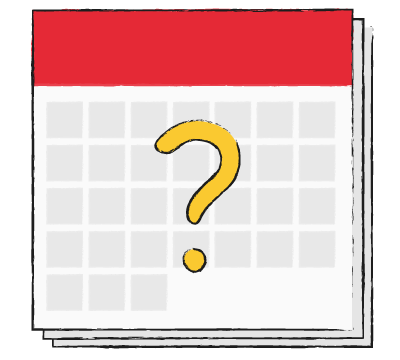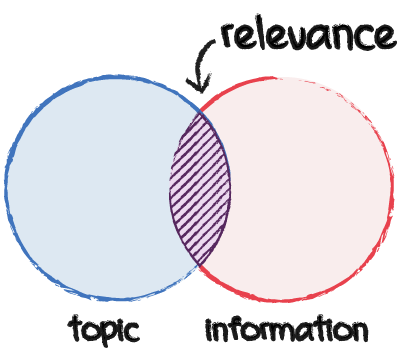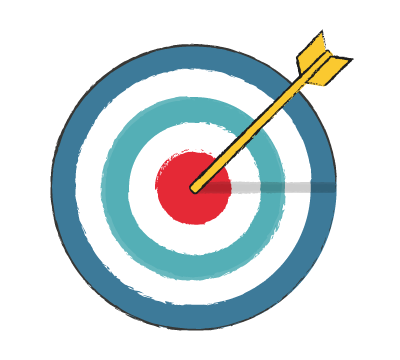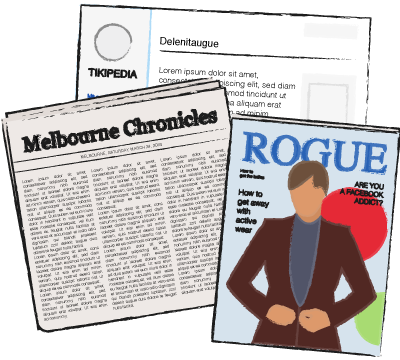Evaluate information sources using CRAAP
Not all information is created equal.
When you choose information for your assignments, there should be a continual evaluation process occurring. Evaluate information for its relevance and usefulness to your work, and its quality.
Not all information that is published is credible and reliable, especially if you find that information on the web. As a smart researcher, you need to be able to judge the value of any information you find, printed or online, before you use it.
Evaluating information sources, whether they are from a book, scholarly database or the web, is an important step in your research. Anyone can publish online so you need to choose your information carefully.
CRAAP test
One way to evaluate an information source is to apply the CRAAP test.

Currency
The timeliness of the information
- When was the information published or posted?
- Has the information been revised or updated?
- Does your topic require current information, or will older sources work as well?
- Are the links functional?

Relevance
The importance of the information for your needs
- Does the information relate to your topic or answer your question?
- Who is the intended audience?
- Is the information at an appropriate level (i.e. not too elementary or advanced for your needs)?
- Have you looked at a variety of sources before determining this is one you will use?
- Would you be comfortable citing this source in your research paper?

Authority
The source of the information
- Who is the author/publisher/source/sponsor?
- What are the author's credentials or organizational affiliations?
- Is the author qualified to write on the topic?
- Is there contact information such as a publisher or email address?
- Does the URL reveal anything about the author or source? e.g. .com .edu .gov .org .net

Accuracy
The reliability, truthfulness and correctness of the content
- Where does the information come from?
- Is the information supported by evidence?
- Has the information been reviewed or refereed?
- Can you verify any of the information in another source or from personal knowledge?
- Does the language or tone seem unbiased and free of emotion?
- Are there spelling, grammar or typographical errors?

Purpose
The reason the information exists
- What is the purpose of the information? Is it to inform, teach, sell, entertain or persuade?
- Do the authors/sponsors make their intentions or purpose clear?
- Is the information fact, opinion or propaganda?
- Does the point of view appear objective and impartial?
- Are there political, ideological, cultural, religious, institutional or personal biases?
RMITand the ABC fact checking
Did you know that RMIT partners with the ABC to fact check claims made by politicians and public figures? Go to the RMIT Fact checking subject guide to learn how RMIT gets the real facts, see that latest fact checking, and browse many more resoruces.
Reproduced with the permission of California State University, Chico.
How to evaluate resources
For a quick overview of the CRAAP test, watch this video from McMaster University.
